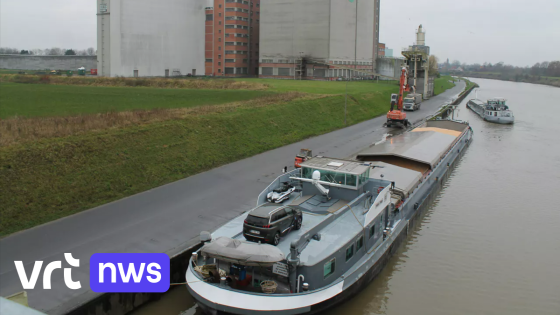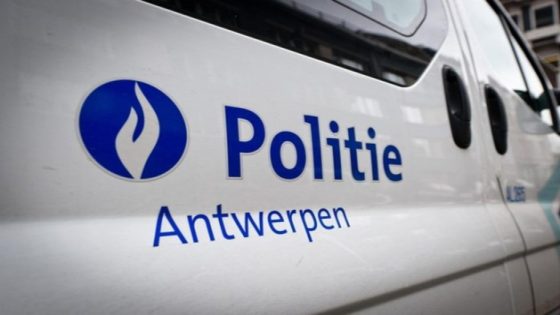The province of East Flanders is actively seeking new locations for loading and unloading goods along its waterways. On February 13, 2025, officials highlighted the importance of enhancing inland shipping to improve transport efficiency. Have you ever considered how much potential our rivers hold for sustainable logistics?
- Importance of waterways for cargo loading
- Saturated roads require alternative transport methods
- Inland shipping promotes sustainable freight transport
- Reduction of CO2 emissions through inland navigation
- Need for a spatial vision through participation
Enhancing Inland Shipping: A Key Focus for East Flanders’ Transport Strategy
Why is improving inland shipping so vital? The region’s roads are congested, making waterway transport a promising alternative. With ample space available on rivers like the Leie and Schelde, there’s an opportunity to shift freight from road to water.
New Locations for Loading and Unloading: What It Means for Local Businesses
The search for new loading and unloading sites along East Flanders’ waterways will enhance local businesses’ logistics capabilities. Here’s what this means:
- Increased capacity for transporting goods via rivers.
- A reduction in carbon emissions associated with road transport.
- Improved mobility within the province, easing traffic congestion.
- A collaborative approach involving community participation in planning.
Sustainability Through Inland Shipping: Benefits Beyond Borders
This focus on inland shipping aligns with global sustainability goals. By shifting more freight onto waterways, we can significantly reduce our carbon footprint. Just imagine if every major city adopted similar strategies—what a difference it would make!
The Role of Community Participation in Transport Planning
Community involvement is crucial in shaping effective transport policies. Engaging local stakeholders ensures that the needs of businesses and residents are met while fostering support for sustainable practices. How can communities better advocate for their interests in such initiatives?
The Future of Goods Transport: Trends Worth Watching
The future looks bright for inland shipping as technology advances and environmental concerns grow. Innovations such as automated vessels may soon revolutionize how we think about waterborne freight transport. Are you ready to embrace these changes?
This proactive approach by East Flanders sets a precedent that could inspire similar initiatives worldwide, including in the U.S., where urban congestion continues to challenge efficient goods movement.

































